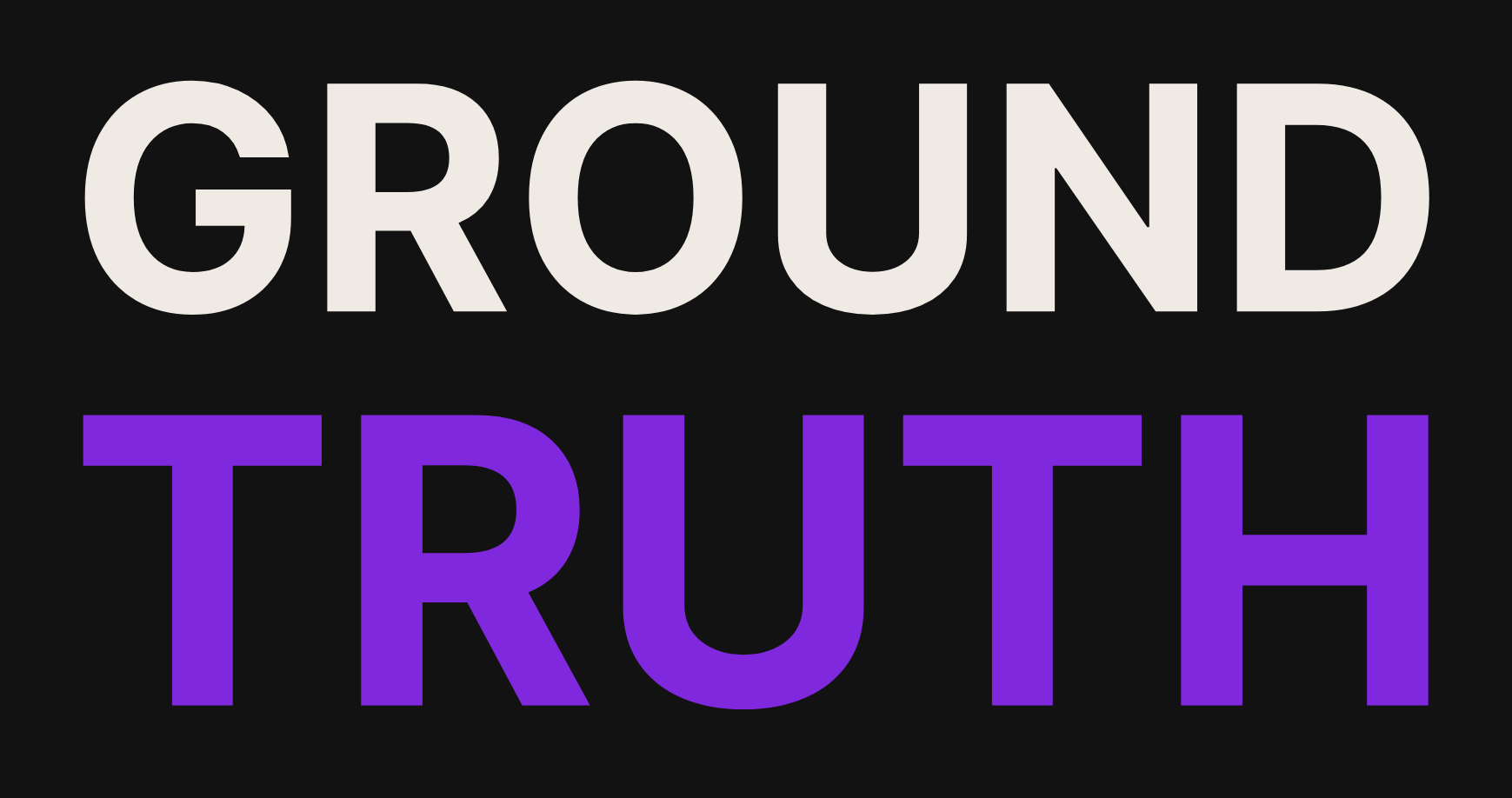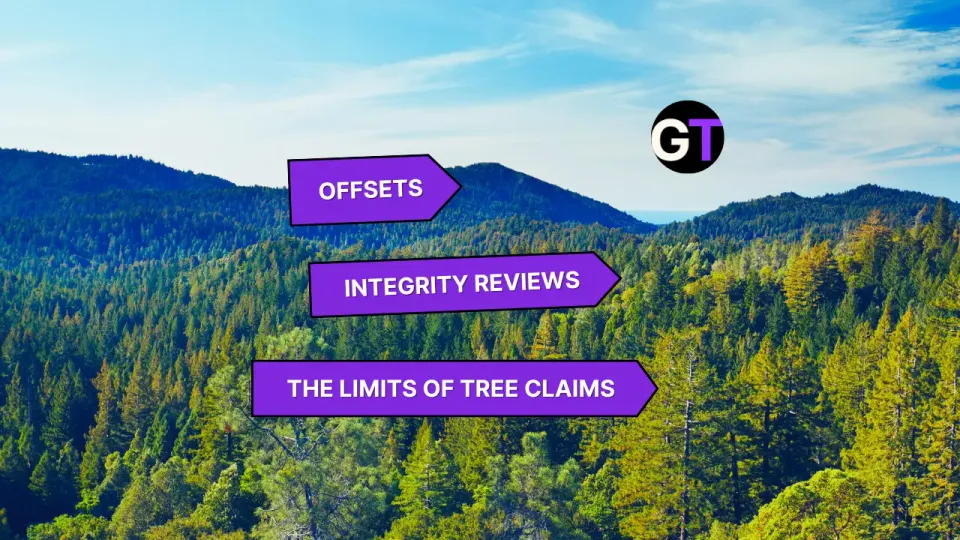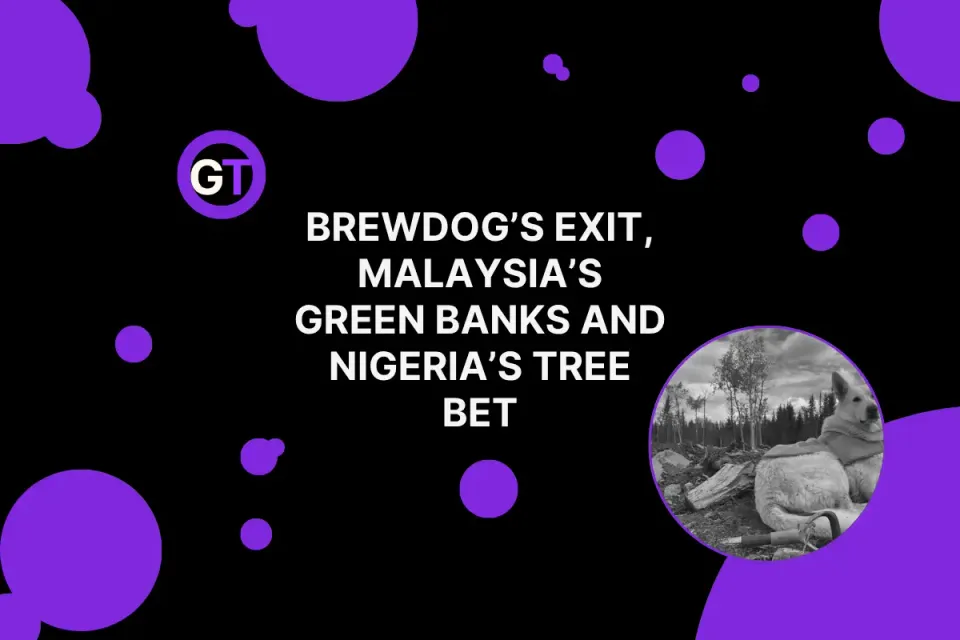How Planting a Tree in New Brunswick Costs $27
Honouring loved ones through tree planting offers a unique initiative, with room for more transparency.
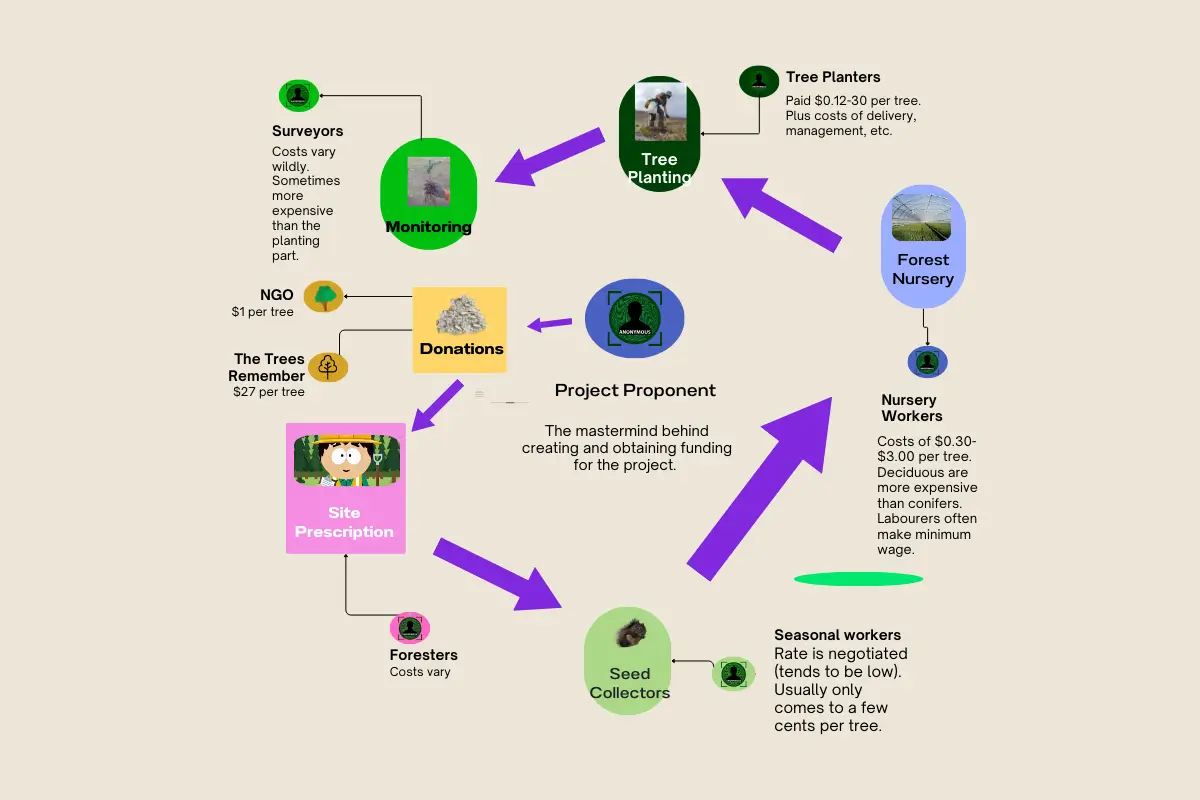
The Trees Remember is sponsoring a tree-planting project in New Brunswick, offering a meaningful way to honour a loved one’s memory. Being the massive Canadian forest enthusiasts that we are, we were naturally intrigued.
After all, the world reportedly needs up to one trillion more trees, and what better place than New Brunswick?
However, upon studying the publicly available information on this, we have come to the conclusion that greater transparency around New Brunswick operations could provide valuable insights into the tangible impact of these donations.
While the organization provides general information about project selection on its website, they offer limited details for potential donors.
Providing more information about planting locations, site visit opportunities, and the factors influencing the $27 per tree cost could give supporters a deeper appreciation of the effort behind the project. This transparency could also highlight unique challenges or innovations that make their approach distinctive.
We came to these conclusions after doing some digging to better understand what goes into reforestation in New Brunswick and how this compares to similar projects. While we couldn’t find all the answers, we did uncover some interesting insights.
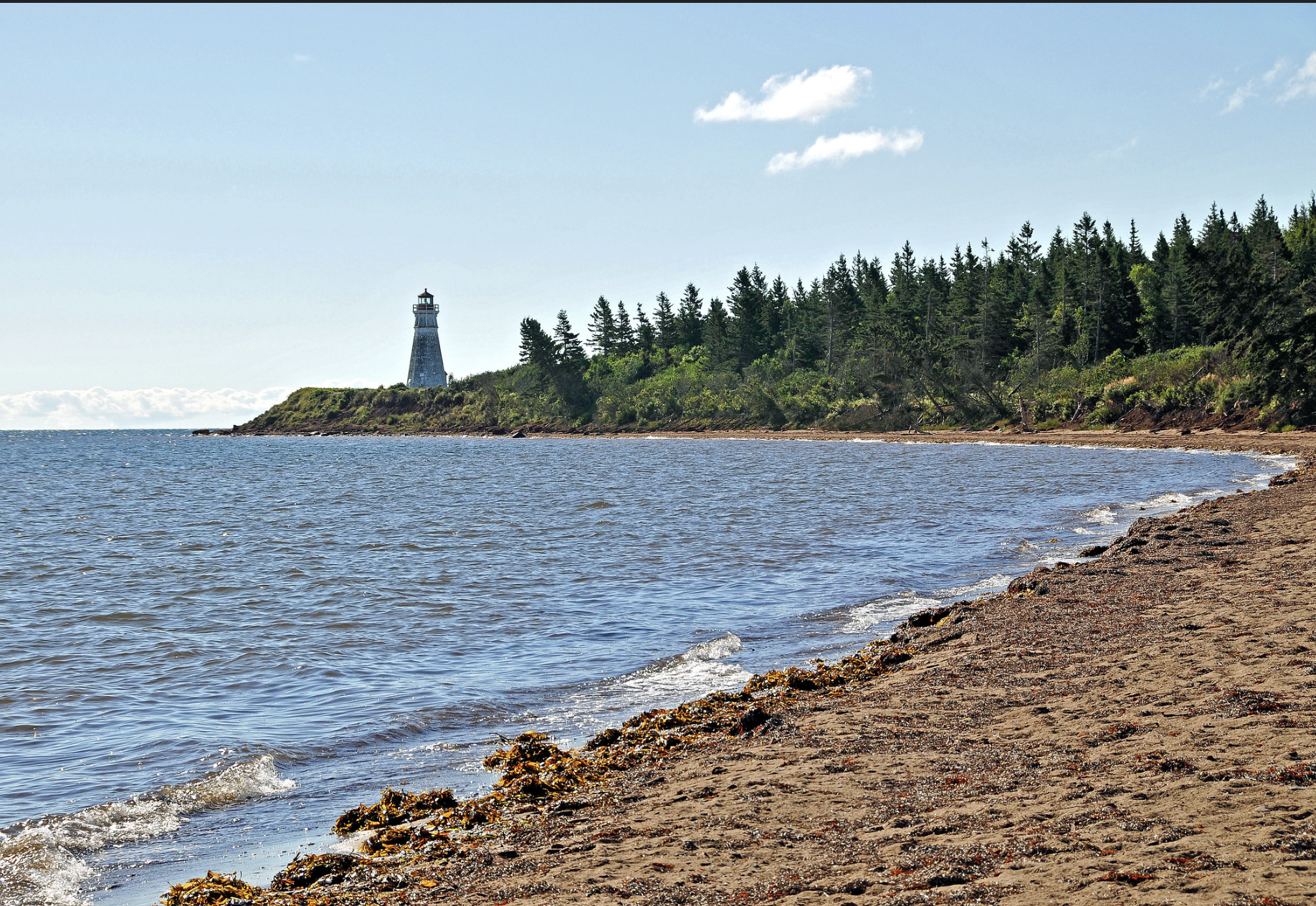
Planting Memorial Trees Across the US and Canada.
A Memorial Tree is a small seedling which is planted in memory of someone and is a gift that truly represents the Cycle of Life. As one life ends, something new grows from it. Planting trees lets you express your sympathy and condolences in a unique and spiritual way.
On a site such as this, we would normal target approximately 2470 stems/Ha (1000 stems/acre). However, thanks to the existing regen, we can get away with a much lower density, slightly less than a third of the normal full target. We will be targeting only 780 stems/Ha rather than 2470.
The goal is to plant eastern white pine as the in-fill species, as the site does not have any significant presence of that species at the moment.
The translation of this is that the project is conducted as a "fill-plant", which describes a scenario in which additional trees are added to an area that has existing vegetation. Such projects are often undertaken when natural regeneration is insufficient in returning an area to pre-harvest forest cover.
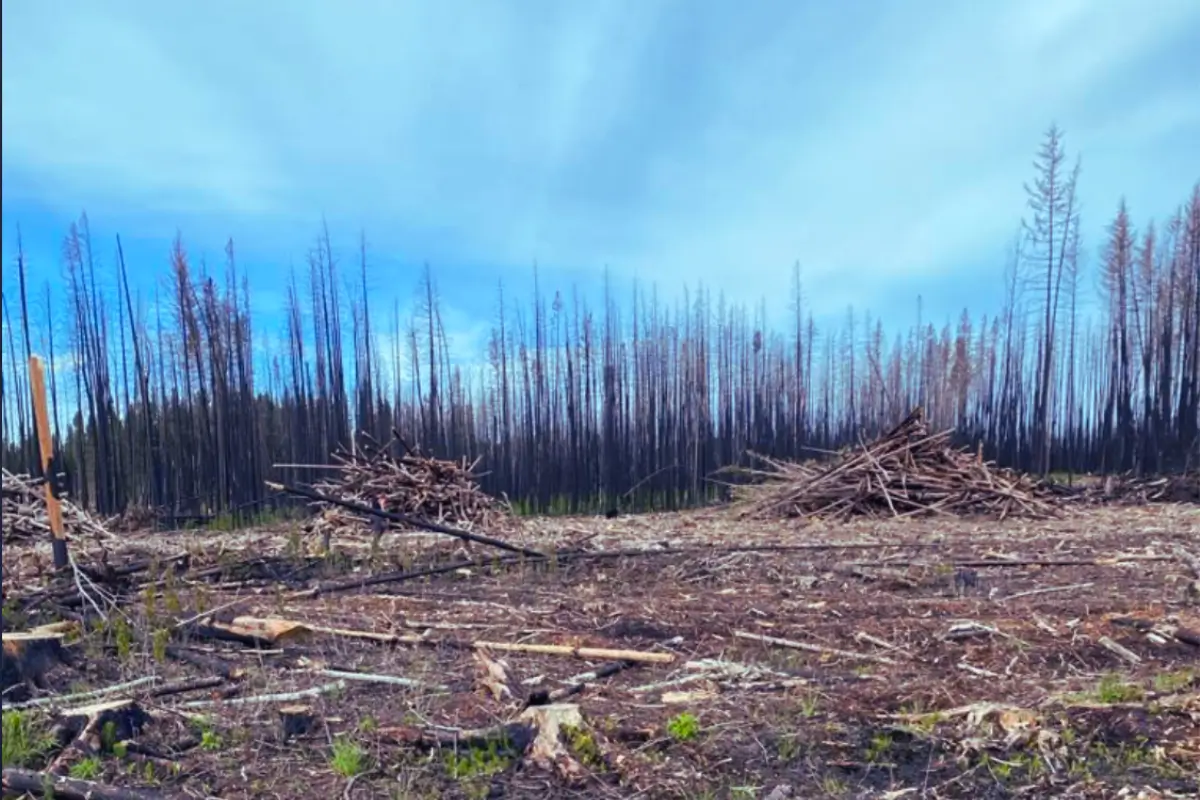
New Brunswick Planting with One Tree Planted
I googled "TCH Killam Recreational Trails " and "planting trees". I was able to find only one other result. A company called OFS partnered with One Tree Planted on various projects throughout Canada, the United States and elsewhere. They have apparently sponsored 5,000 trees for an area near Sackville, planting white pine along recreational trails.
One Tree Planted is one of the most well-regarded actors in the global tree planting NGO scene. There's a video of some of their other New Brunswick work below:
One Tree Planted on a different New Brunswick project.
However, despite searching across multiple platforms, including Restor.Eco and explorer.land, we couldn’t locate detailed geospatial data for this specific project. Including such information would strengthen the initiative's transparency.
In the example below, you can see the outline of a different planting project on Cape Breton, demonstrating how supporters can view the tangible results of an effort with high transparency. You can watch the area regreening from space!
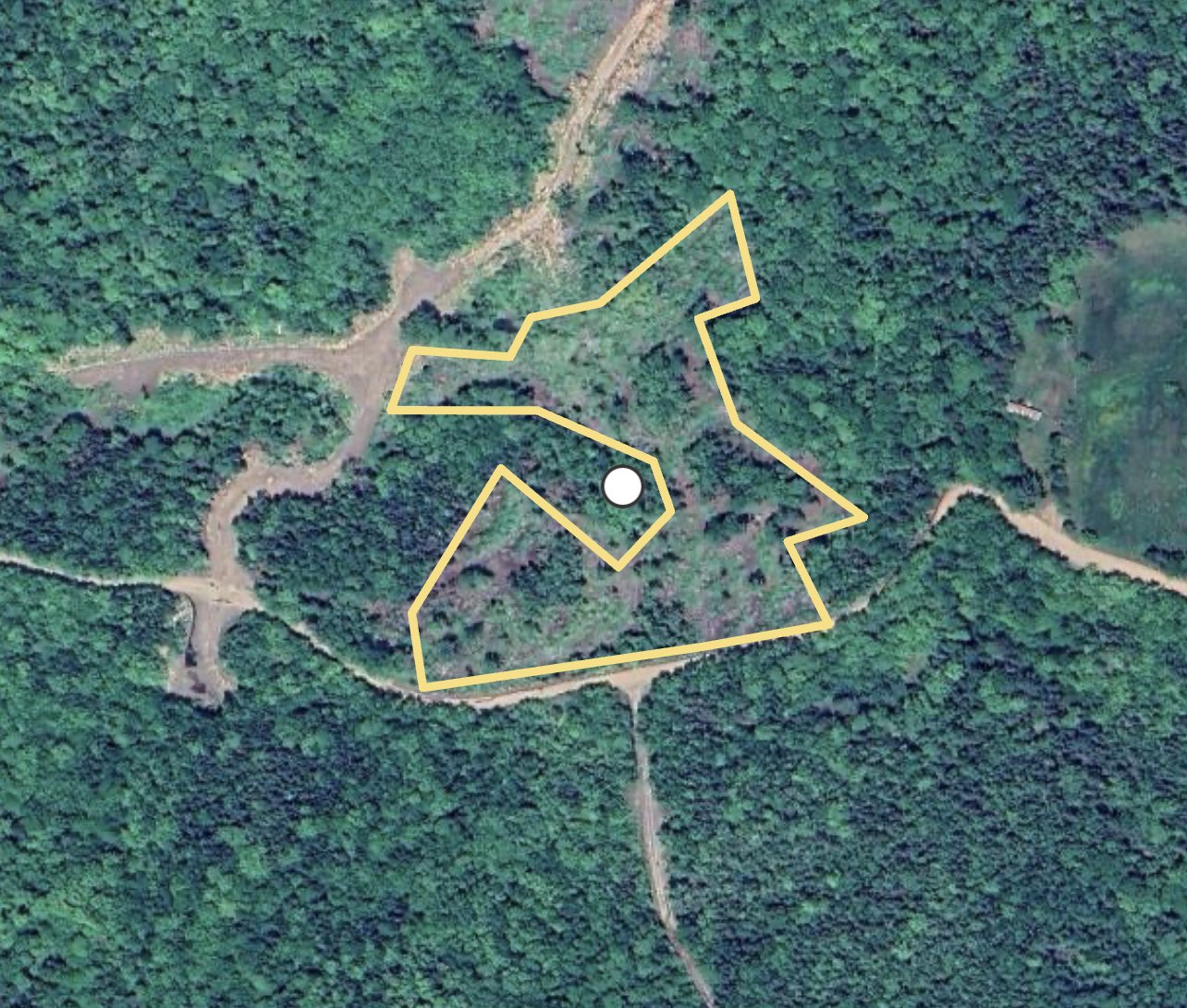
I checked all of the usual suspects for such data—Open Forest Protocol, Plant-for-the-Planet, Tree-Nation. None of them have any info validating the exact location and boundaries of this project.
Plant-for-the-Planet does indicate the existence of a planting project sponsored by Community Forests International in the area near Sackville, which seems to be associated with One Tree Planted. Perhaps the trail restoration is a part of their broader efforts, but it's impossible to know. There is no mention of a fill-plant here, and the polygons don't seem to match the description from OFS (see above). This project offers the chance to donate to plant at a cost of $3.81 CDN per tree.
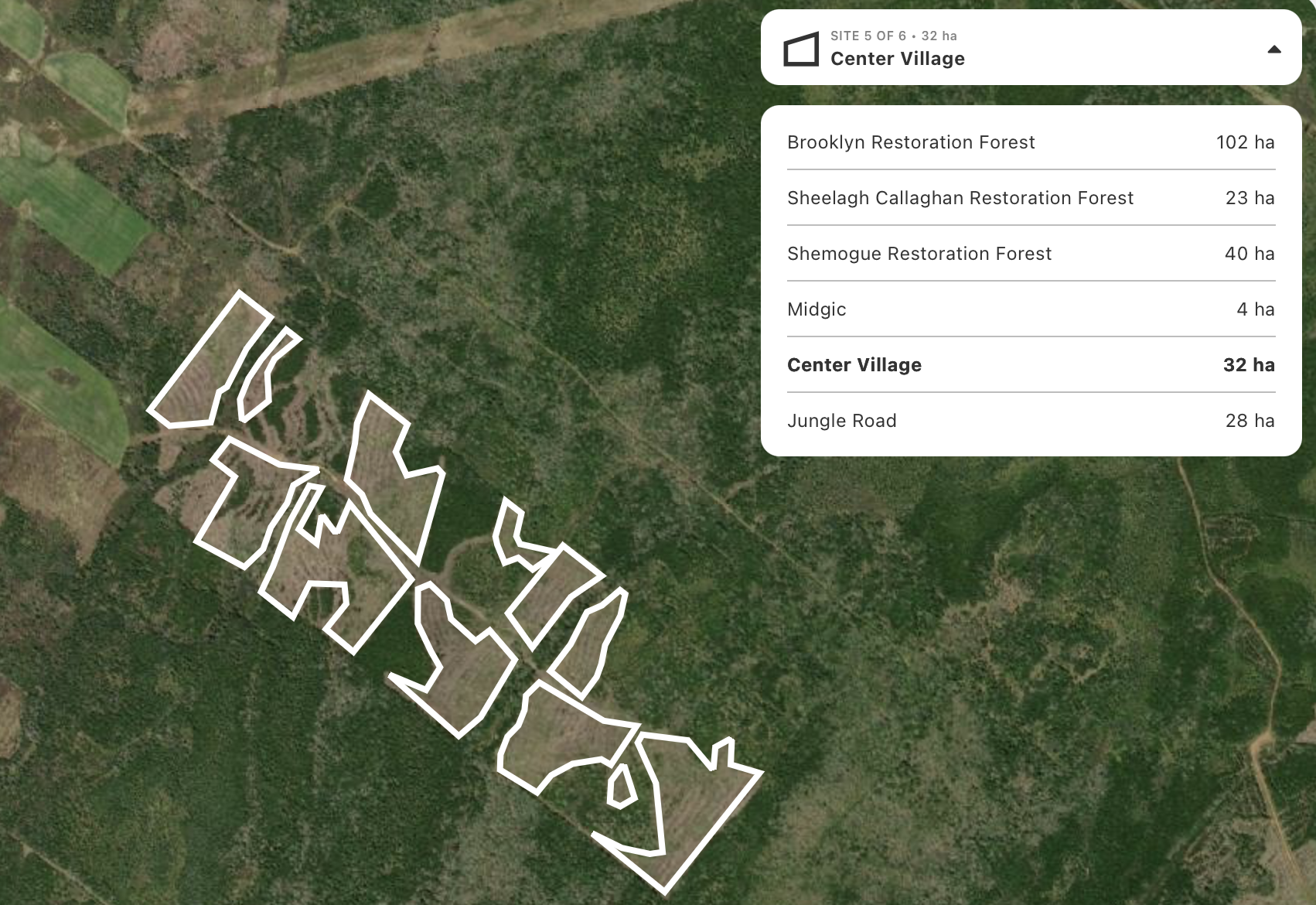
Uploading polygons would represent a good opportunity to validate these efforts and provide value for potential future supporters.
Examining Project Costs
One Tree Planted plants trees for a flat rate of USD $1—a straightforward and significantly lower cost compared to $27 USD per tree, or $3.81 CDN per tree.
It is possible that there are multiple co-sponsors on this project, which is common for larger-scale efforts. One Tree Planted plants trees for a generic cost—obviously a project in Canada does not necessarily cost exactly the same as a project in Mexico. This may explain the differing costs here, though it makes it difficult to know if donors are truly paying for one tree per donation, or 50% of a tree, etc.
It is clear that The Trees Remember is also using a generic cost, but $27 per tree is significantly higher than the typical $1.5—$6 range for planting coniferous 1-2 year old seedlings in Canada.
This range represents the typical price-tag including the cost of prescribing the land, seed collection, growing, planting and quality assurance (monitoring the trees). See our diagram above for some typical cost breakdowns. Projects planting coniferous trees such as white pine tend to be on the lower end.
Admittedly, costs tend to be higher with lower-end densities such as 780 stems per hectare, and fill-planting tends to also be associated with higher labour costs. Nevertheless, these factors do not fully explain the fairly wide gap. The Trees Remember and their supporters may benefit from a clear cost analysis.
However, it should further be noted that they offer discounts for bulk purchases, with costs going down to $2.60 USD per tree for a purchase of 500 trees.
Overall Transparency Score for "The Trees Remember" New Brunswick Project
It's great to see the information that we do have for the Killam Trail project, including:
✅ Breakdown of species planted.
✅ Density of planting.
There are opportunities for improvement, particularly in transparency and cost breakdowns:
💡 Geospatial polygons: Including real-time satellite data would allow supporters to track reforestation progress and see their contributions in action, and validate whether they are related to the efforts of other actors such as Community Forests. As far as we can see, no polygons exist.
💡 Number of trees planted—the exact number of trees planted and progress toward project goals have not been disclosed from what we could see. OFS provides a number of 5,000, but it's unclear if that includes the total from the memorial trees.
💡 Data on the survival of the trees—in similar projects, around the world, survival rates have varied significantly based on species, site preparation, and follow-up maintenance.
💡 Cost breakdown: A detailed analysis of what goes into the $27 per tree cost could highlight unique aspects of the project and enhance donor confidence.
Sources
One Dollar for One Tree . One Tree Planted.
Wabanaki Forest . Forests International.
Acadian Forest Restoration . Trillion Tree Campaign.
One Tree Planted Planting Location Details 2024 . OFS. Published November 2024.
What’s the Potential of a Trillion Trees? . Crowther Lab.
Planting Trees in New Brunswick 2024 . The Trees Remember.
Conclusion
Reforestation is a vital tool for combating climate change, and The Trees Remember is contributing to this mission in a meaningful way. By sharing additional details—like tree survival rates, geospatial data, and cost breakdowns—they have an opportunity to deepen trust, inspire supporters, and set an example of transparency in environmental projects.
Edited by Chris Harris

This work is licensed under a
Creative Commons Attribution 4.0 International License.
